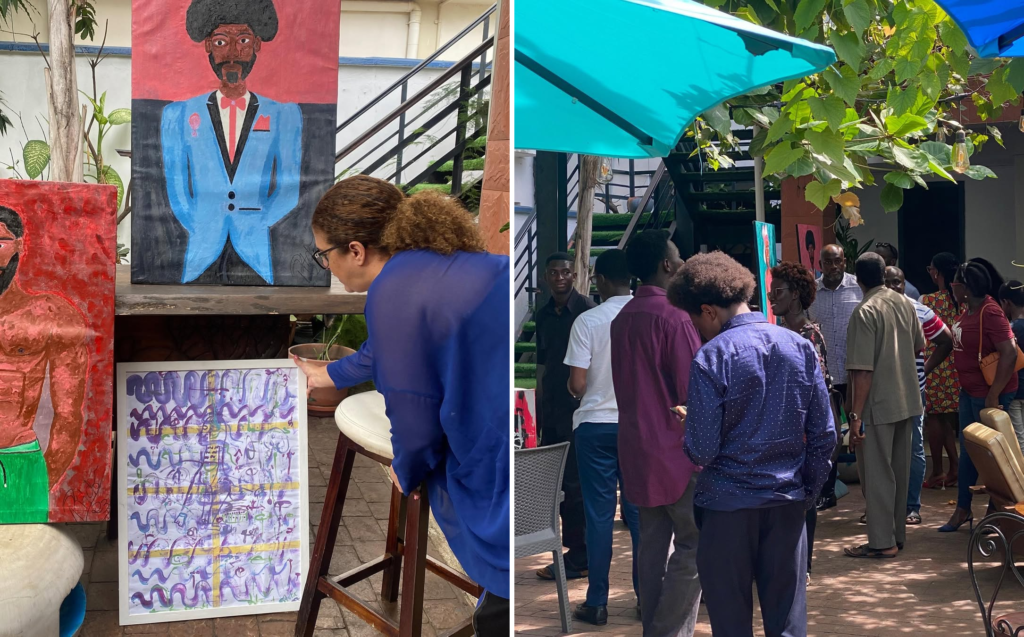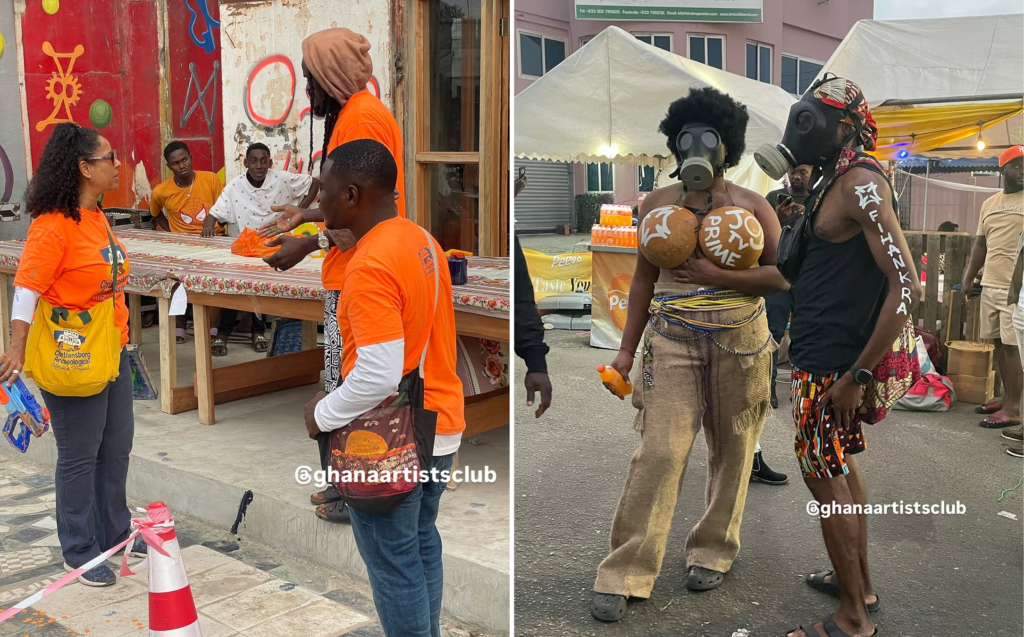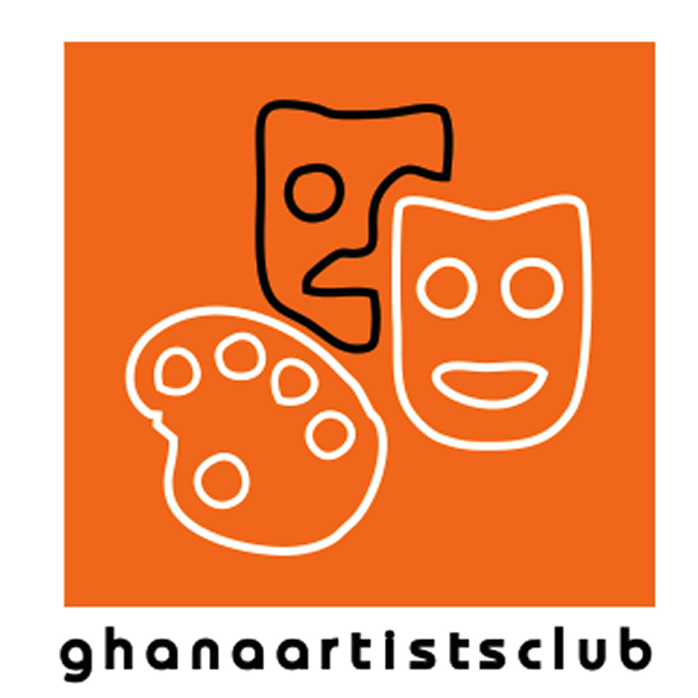When the initiative launched, Jacob was based in Ghana. Today, he lives in the United States, where he continues to support artists in his home country. His new location offers more opportunities to connect Ghanaian artists with international collectors and galleries.
Fine Art Shippers spoke with him about the origins of the Ghana Artists Club and where it stands now.
To begin, could you briefly introduce yourself? What led you to start the Ghana Artists Club?
Jacob Tettey: We founded the Ghana Artists Club in 2017. At the time, I was living in Accra and saw a lack of support for emerging artists. Everyone seemed to be working in isolation, so, with a few friends, we created social media pages to showcase the work of up-and-coming artists and musicians. It started as a grassroots initiative to build visibility for creatives who didn't have access to galleries or collectors.
Does the Ghana Artists Club support both artists living in Ghana and those in the diaspora?
At the moment, most of my work is focused on artists based in Ghana. I support visual artists who are looking to exhibit in galleries or reach international collectors. I help them make those connections and also use our social media platforms to promote those artists.

Before founding the Ghana Artists Club, were you involved in any artistic practice yourself? What kind of creative work did you do?
Before starting the Ghana Artists Club, I ran a small-scale clothing line for about five years. I designed and sold T-shirts and was also involved in magazine design and other graphic projects. That was my personal creative outlet. When I started building the Ghana Artists Club, I shifted to content creation in the art field—mainly publicizing artists' work online. So, while I wasn’t a traditional visual artist, I was very much engaged in the creative industry through design and digital storytelling.
Let’s talk about the Ghanaian art scene. How would you describe it? Are there any common themes or visual elements that stand out? And how does contemporary Ghanaian art relate to traditional art forms?
The Ghanaian art scene has grown significantly in the last decade. One thing I’ve noticed is that many Ghanaian visual artists lean toward portraiture. You’ll often see portraits of prominent figures—former presidents, musicians, cultural icons. Today, more emerging artists are exploring abstraction and moving away from strictly figurative art.
Another aspect that stands out is the imbalance in public attention—musicians and performing artists tend to receive more visibility and support than visual artists. I’ve spoken about this in interviews in Ghana—the government and cultural institutions have to create more opportunities and larger platforms for visual artists, similar to the big shows and events organized for musicians.
That said, there’s a lot of positive momentum. Art is becoming more visible in secondary schools, where students are starting to share their work online. In Accra especially, we’re seeing the rise of new art collectives and emerging talents. From where things stood in 2016 to now, I’d say the progress has been noticeable.
What are some of the main challenges artists in Ghana face, and how does the Ghana Artists Club help address them?
Access to materials is a big issue. There are very few art supply stores, especially outside of Accra, so even finding basic paints or canvases can be difficult. Financial support is another major challenge. We help by offering visibility through our platforms and connecting artists to opportunities, but broader structural support is still lacking, especially for those in remote areas.

You've had collaborations with the British Council and galleries. Could you tell us more about this?
In 2018, we collaborated with the British Council and the BBC. At the time, one of their correspondents in Ghana was researching the local creative scene—interviewing art collectives and cultural figures to understand the challenges we face and explore how they could offer support. The Ghana Artists Club was featured in that project alongside some of Ghana’s top musicians.
Beyond that, we’ve collaborated with numerous galleries in Accra, supported artists in selling their work, and helped musicians perform at major events. We’ve also partnered with TV and radio stations to give artists a platform to share their work and stories. One of our recent highlights was being featured in a Netflix documentary on clothing waste and environmental sustainability.
You mentioned connecting Ghanaian artists with international collectors and galleries. How does that work?
When a gallery or a collector reaches out, we vet them to ensure they’re credible, then connect them with the artist or their manager. We handle the communication side of things, while logistics—such as shipping artworks—is usually managed separately by the artist or gallery.
How has the club evolved over the years, and what are some of your proudest achievements?
We began online—sharing artists’ work via Facebook, Instagram, Twitter, and YouTube. But over time, we’ve moved into organizing physical events. For example, a few years ago, we hosted a showcase at Theia House at the airport in Accra where artists exhibited their work and musicians performed. So we've grown from a digital platform into a more hands-on, physical presence in the art community.
Interview by Inna Logunova
Photo courtesy of the Ghana Artist Club
